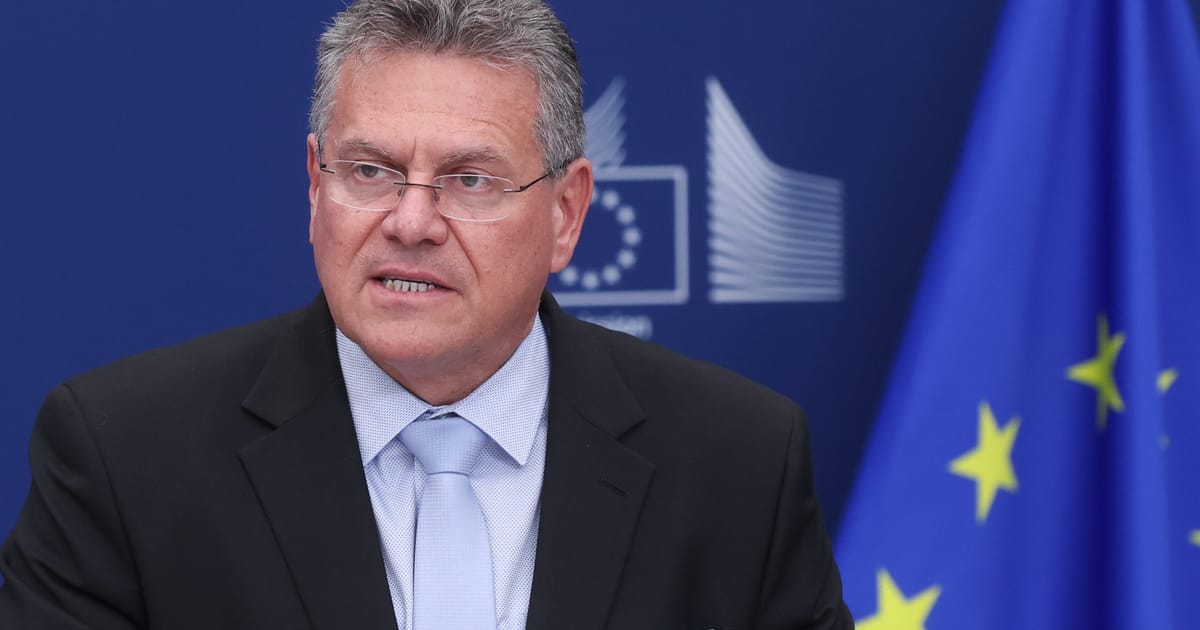

As the deadline for a potential trade standoff between the United States and the European Union looms, both sides find themselves navigating a complex landscape of economic negotiations. The potential for heightened tariffs has become a focal point in these trade talks, with significant implications for global markets and economies.
In a recent development, the European Union is considering a “skeleton” trade deal with the United States that may involve a 10 percent tariff on certain imports. This deliberation comes as the deadline set by former President Donald Trump approaches, threatening a substantial increase in tariffs if no agreement is reached. The urgency is palpable as European officials seek consensus within the bloc to avoid a possible escalation to a 50 percent tariff, which could disrupt various sectors and international trade relations.
Adding to the intricate negotiations, Trump has voiced plans to impose a 17 percent tariff on European food and farm produce exports. If implemented, these tariffs would impact a range of beloved European delicacies, such as Belgian chocolate, Kerrygold butter from Ireland, and olive oils from Italy, Spain, and France. These products have been popular in the US market, making the potential trade barriers a point of significant concern for European exporters and consumers alike.
The tension over tariffs has unfolded against the backdrop of a broader US initiative where a 90-day pause in imposing tariffs on numerous countries is nearing its end. As this period comes to a close, there are rising apprehensions about potential new tariffs and their capacity to stir inflationary pressures globally. The situation reflects a pattern seen earlier when the so-called “liberation day” tariffs were introduced, only to be swiftly retracted amid market upheaval.
During the temporary tariff hold, the Trump administration aimed to negotiate multiple trade agreements worldwide. This goal of securing “ninety deals in ninety days” underscores the ambitious nature of the US strategy, though the feasibility of such rapid negotiations remains widely debated.
These economic negotiations and potential tariffs are unfolding amid calls for innovative financial frameworks. In this complex financial environment, Brazilian President Lula da Silva has advocated for new financing models aimed at supporting developing countries and addressing the climate crisis. Lula’s perspective emphasizes the need to rethink traditional economic structures to lift poorer nations out of long-term poverty, combining financial, scientific, and industrial advancements to foster sustainable development.
While the EU and the US work towards a resolution, the themes of cooperation and strategic negotiation resonate strongly. The shared goal is to cultivate a trade environment conducive to economic stability and growth. As the deadline approaches, stakeholders on both sides remain focused on developing a balanced solution that mitigates the risk of a trade war, which could ripple across global markets.
In this charged atmosphere, the importance of diplomacy and prudent decision-making cannot be overstressed. The ongoing discussions serve as a reminder of the intricate interplay between national policies and global trade dynamics, underscoring the need for collaboration in fostering economic resilience and harmony in international relations.
Source: {link}
